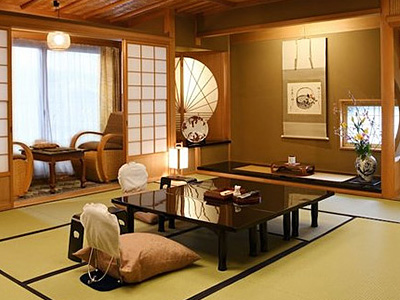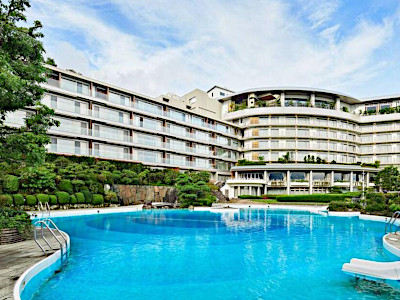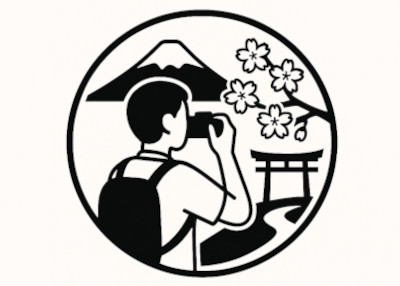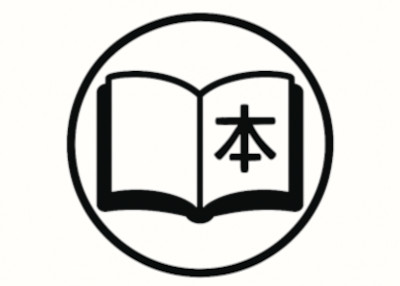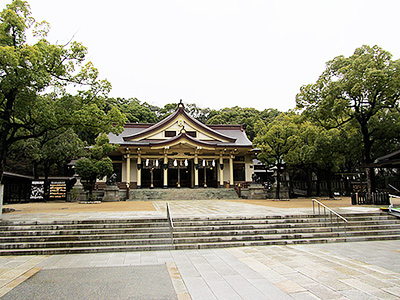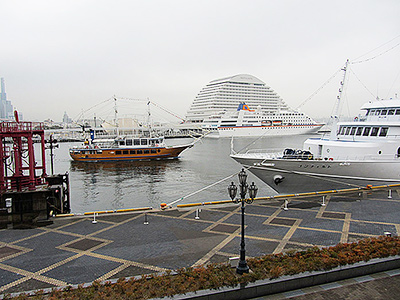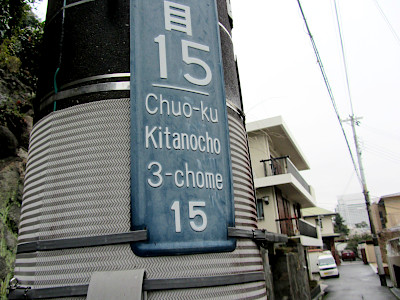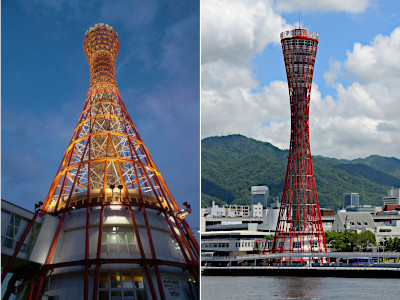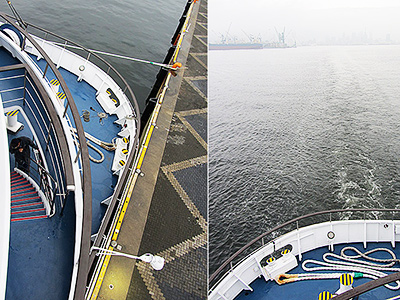Kobe Chinatown (Nankinmachi)
This post can contain affiliate links, which means that we may receive a small commission if you make a purchase using these links.
Facts & Figures
Kobe Chinatown, also called Nankinmachi, is a major tourist attraction within the Motomachi District in central Kobe. It is out of three Chinatowns in Japan the second largest. The other two are Yokohama Chinatown (Chukagai) and Nagasaki Chinatown (Shinchi Chukagai). Approx. 10000 people living here at the moment. Nankinmachi covers an area of 270 meters (east to west) by 110 meters (north to south).
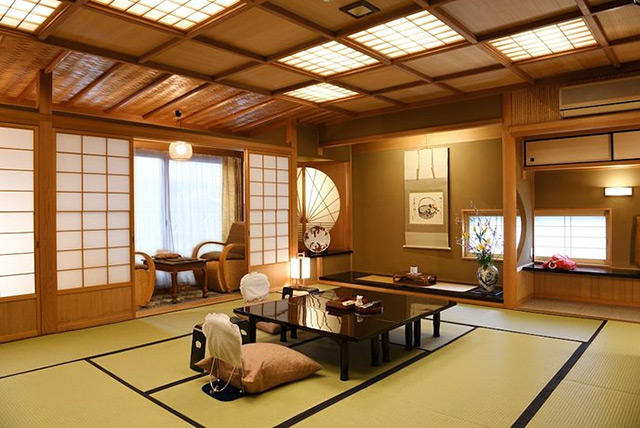 Experience the Ultimate Japanese Hospitality at a Kobe Ryokan.
Experience the Ultimate Japanese Hospitality at a Kobe Ryokan.
Find Your Perfect Ryokan Now >
Enjoy the huge variety of restaurants (over 100), street food stalls, temple, and shopping facilities along the two main streets and a central plaza. The excellent local food there like Gyoza (Chinese dumpling), Butaman (steamed pork buns), Nikuman (baozi), or Dandan Noodles (spicy sesame ramen) is my must-try recommendation for you.
- Kobe Chinatown (Nankinmachi):
- Shops Opening Hours - 10:30 am to 7:00 pm
- Restaurants Opening Hours - 11:30 am to 9:00 pm
My tips for local activities

How about exploring the amazing food scene of Kobe on a personalized tour with a local guide? The tour by our partner GetYourGuide can take up to 4 hours. For more details check out this page >
History
Nankinmachi (Nanking Town) in Kobe was founded by merchants including Chinese immigrants in 1868 at the end of the Edo period (1603 - 1868). At that time Kobe opened its port to trade with foreigners like the Chinese. They soon started to build their own community in Kobe's foreign district. The name was taken from the old capital of China Nanjing. Many Chinese left Kobe during the Second Sino-Japanese War and World War 2 (1937 - 1945). The Chinatown was destroyed in 1945 during the heavy bombing in WW2. After the war, the area became an entertainment district for mainly occupying US troops. Until the 1970s the area was a popular amusement place for foreigners and sailors. Later the city council decided to upgrade the area to become a popular tourist destination. They achieved this goal in the 1980s when the central plaza was created including the two main gates. The Kobe earthquake (Great Hanshin earthquake) in 1995 caused a lot of damage with eight buildings destroyed, but everything was rebuilt shortly after.
Location

Nankinmachi is located in central Kobe Chuo-ku (ward) within the Motomachi district.
Address: Chome-3-18 Sakaemachi-dori, Chuo-ku, Kobe, Hyogo 650-0023, Japan
How to get to Kobe Chinatown (Nankinmachi)?
- 5min from Motomachi Station (south) served by JR Kobe Line
- 10min from Sannomiya Station (southwest) served by JR Kobe Line
Sightseeing spots within Nankinmachi
Top:
Nankinmachi Square - It is the heart of the Chinatown in Kobe. You will find there many shops, restaurants, and the Azumaya pavilion.
Azumaya Pavilion (Central Pavilion) - The pavilion was built in 1983. It is surrounded by stone carvings of the 12 Chinese zodiac signs. The hexagonal gazebo has a height of 6,8 meters and a width of 3.0 meters. It is an impressive sight with its two-tier roof and the bright red colored pillars. Do not miss the impressive dragon painting on the ceiling. Only during the day, there are two beautiful statues (Shozaishin-ningyo) standing there, which have the meaning of the gods of good fortune.
Three Gates (archways) - The three colorful gates are Choanmon (known as Changan Gate) in the east, Seianmon (known as Xian Gate) in the west, and the smaller Kaieimon (known as Nanluo Gate) in the south entrance. At the northern entrance of Chinatown, you will find a pair of lion statues, but no gate.
Choanmon (Changan Gate) - The impressive gate with a height of 9.8 meters was constructed in 1985 and is located at the east entrance of Nankinmachi. It was made out of white marble. Come here at night to enjoy the beautiful illumination. The translation of the name means Long Peace Gate.
Seianmon (Xian Gate) - The gate with a height of 9.7 meters was constructed in 2005 and is located at the west entrance of Nankinmachi. The translation of the name means Western Peace Gate. After the Great Hanshin earthquake in 1995, the area was rebuilt and this gate stands as a symbol for the recovery of Chinatown.
Kaieimon (Nanluo Gate) - It is a smaller gate at the south entrance. Come here at night to enjoy the beautiful illumination.
Stone lions - These two marble statues are guardians of the north entrance. They were constructed in 1988.
Kanteibyo Temple - This Chinese temple was built in 1887 and is dedicated to the famous general Guan Yu. Inside you will find sculptures of Guan Yu, his son Guan Ping, and his assistant Zhou Cang. The temple itself was destroyed in WW2, by a huge fire in 1977 and during the Great Hanshin earthquake in 1995. Thanks to the local support the temple was always rebuilt after these tragic events.
Garyoden - This building opened its doors in 1993. The architectural style is typical Chinese. The meaning of the name is the palace of the lying dragon. When you get closer and you take a look through the window on the first floor you will know what it means:) Btw the building is hosting a public restroom.
Roshioki - It is the most famous and popular Butaman shop (steamed pork buns) in town.
Festival & Events (dates can change without notice)
January/February
Shun-Setsu-Sai (Chinese New Year Festival) (mid-Jan – mid-Feb)
Biggest festival in Kobe's Chinatown with fireworks, dancing dragons, and lions. Thousands of visitors join this colorful event every year. It is held a the central square. The celebrations end with a Lantern Festival on the 15th of February.
March/April
Koryushunpu-sai - Spring Festival (in March or April)
Enjoy the traditional performances and lion dances. All this can be seen at the Nankinmachi Square. The festival started in 2007.
September/October
Nankinmachi Mid-autumn Festival (mid-September – early Oct)
The second largest festival in Chinatown honors the god of earth and the harvest in autumn. Do not miss the chance to see chefs preparing special seasonal menus and later watch the impressive lion dances.
December
Kobe Lantern Festival (1st - 27th)
Enjoy the colorful parades in Chinatown.









